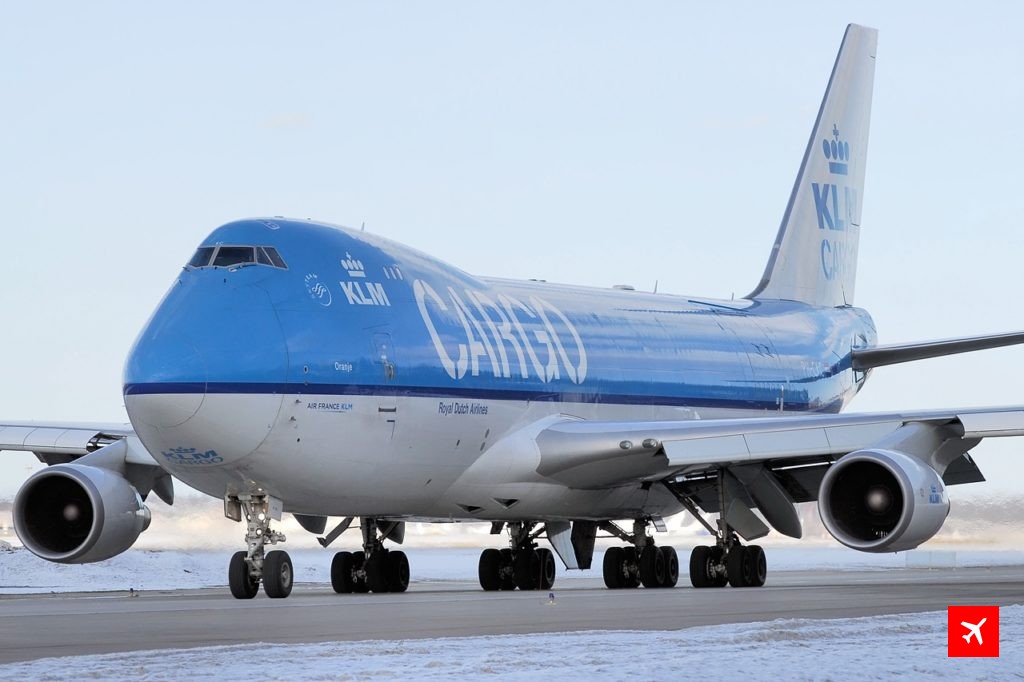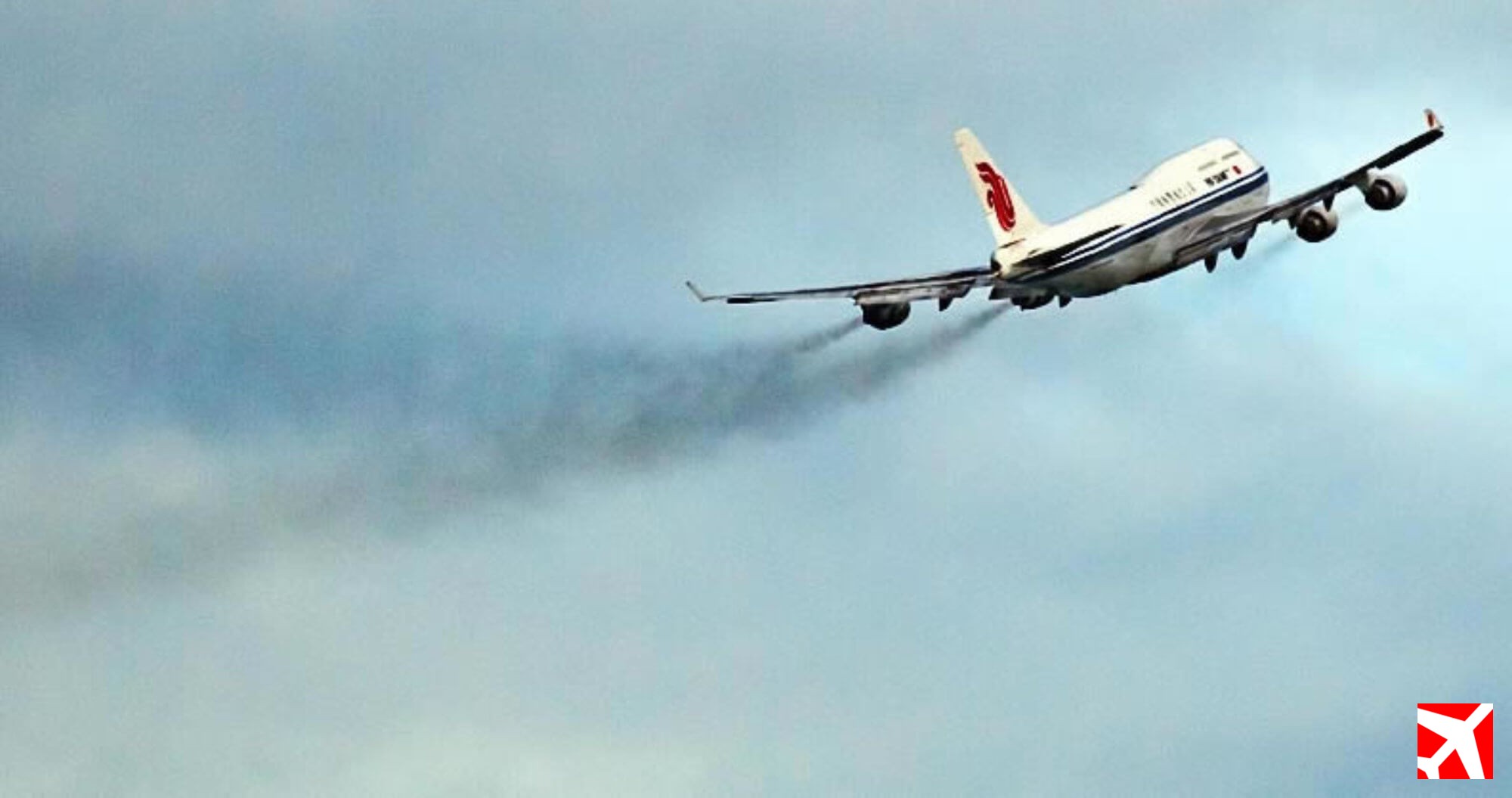More than once we read stories from the aviation industry that their CO2 emissions do not exceed 2% of a country’s total. We did not trust these fairy tales and decided to do some calculations on the Dutch emissions. Spoiler alert: aviation is not telling the truth.

Following the most recent numbers the Dutch Bureau for Statistics CBS announced in Holland 3.75 billion kilograms of kerosene was sold in 2016.
Burning 1 kg kerosene gives 3.14 kg of CO2, resulting from the chemical formula to transform one CH2-group (fuel) with atomic weight 14 to a CO2-molecule with atomic weight 44 (44 devided by 14 equals 3.14).
Burning 3.75 billion liters of fuel would give CO2-emissions of 11,8 billion kilograms.
The CBS-bureau also reported 2016 emissions of CO2 of 166 billion kilograms for the whole of The Netherlands, all people and enterprises.
This results in an 11.8 divided by 166 billion kilograms equals 7.1 percent share of aviation CO2-emissions.
More harmful
But. Aviation emissions are more harmful than average, says United Nations-body IPCC (Intergovernmental Panel on Climate Change). IPCC provides the rules of calculation for the Paris Climate Agreement, so their numbers are more or less ‘official’.
The aviation emissions are more harmful, for one reason because they are sprayed out at high altitudes. IPCC mandates an additional factor of 2.7 to compensate for the extra pollution. They say every kilogram emitted high in the sky equals 2.7 kilograms emitted at sea level.
Using this factor aviation emissions are the equivalent of 11.8 times 2.7 equals a stunning 32 billion kilograms, accounting only for The Netherlands.
This number is a full 20 percent of the country’s total CO2-emissions. And a stunning ten times higher than the aviation industry wants you to believe.
Source: schipholwatch.nl (in Dutch, including links to sources of information)

